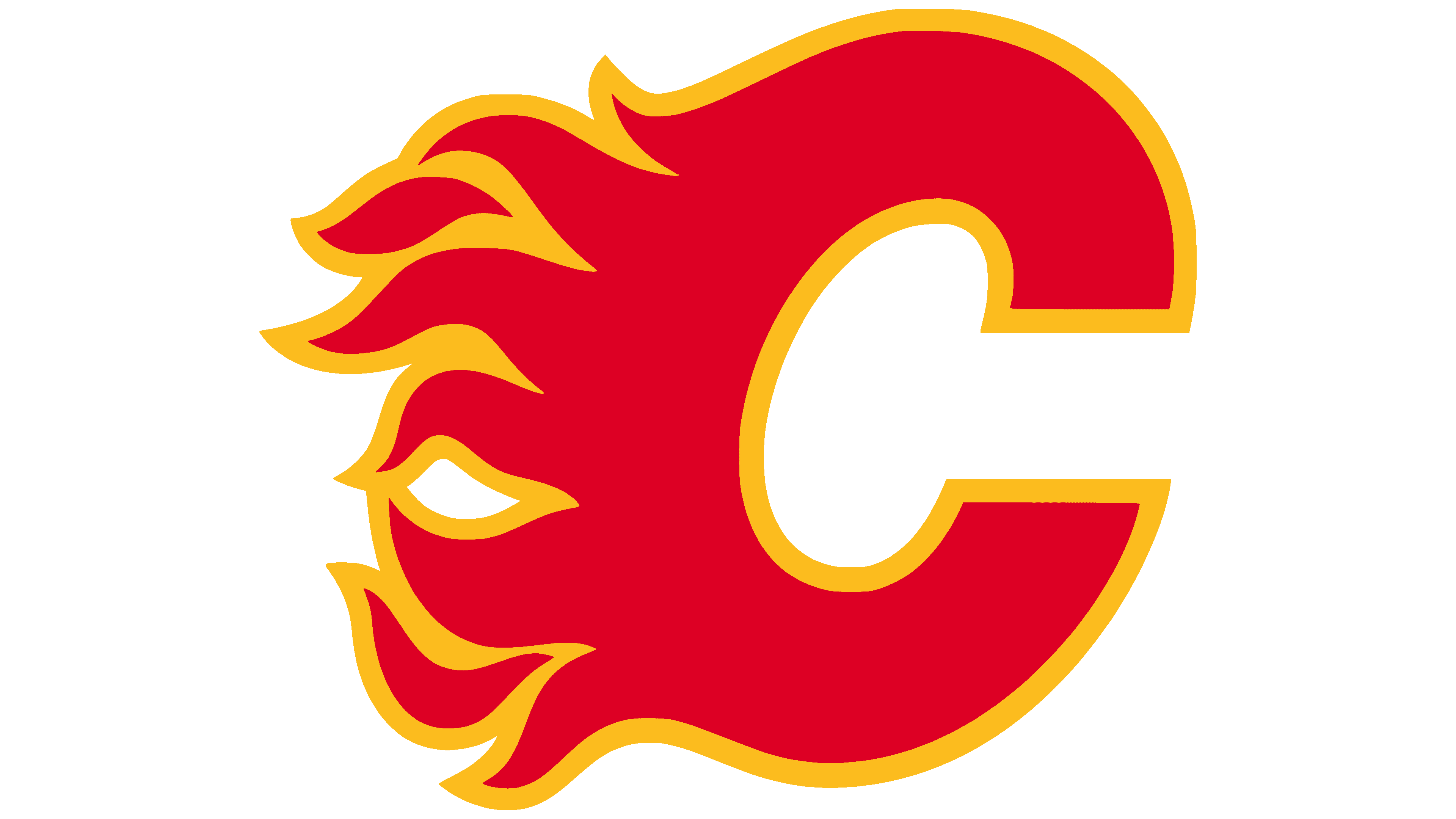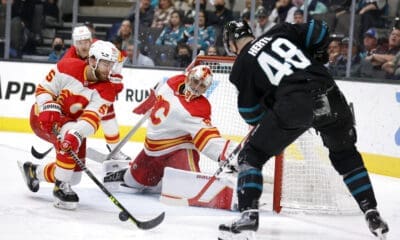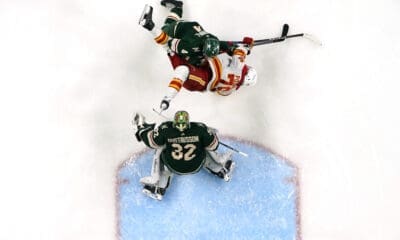Calgary Flames
A Closer Look at Ales Kotalik

With the fireworks ending, it’s time to take a calm and sober look at the player the Flames may be stuck with for the next couple of seasons. He hasn’t always been a veritable pariah in league circles and has managed to stick around for some 490 games. He’s an NHLer, one who has scored 20+ goals four times in an eight year career. So surely there’s something to like about him?
The positives:
Kotalik is big, for those who care about such things. He has a cannon of a shot and is a guy who has managed to score a bunch on the power play the last few seasons. He's also fairly dependable in the shoot-out, which, admittedly is a (limited) skill the Flames could use. Tyler Dellow argues that Kotalik could have some utility as a shoot-out specialist. Of course, he qualifies his argument with: a guy like Kotalik, as long as he can play on the fourth line at a replacement level and maintain his shootout performance, he’s a useful player.
Somehow, I doubt we'll see Ales on the 4th line.
The negatives:
He’s a middling player at even strength. At best. His production rate at 5-on-5 has hovered around the typical 3rd liner mark of 1-1.5 ESP/60 the last few years. And that’s playing against other third liners. Kotalik has to be sheltered to break-even, to say nothing of outscoring the bad guys. There’s a reason his career plus/minus rating is -44. He’s also a guy you don’t want on the ice for own-zone draws. He’s basically Todd Bertuzzi, except with a bigger shot, less silly back-hand passes and a more expensive salary.
Which brings us to the biggest negative of all: Kotalik's contract. While $3M/year for two more seasons isn't a giant albatross, it nonetheless represents a very poor bet to provide value. No one knows why Sather signed Kotalik to such a favorable deal and now, less than a year later, no one knows why Darryl Sutter would agree to acquire it.
One (extremely thin) silver lining I can point to is the fact that Kotalik's poor numbers this year have been goosed by some outrageously bad percentages: 5.34 on-ice SH% + 88.4% (!) on-ice SV% = PDO of 93.8. For those unfamiliar with this stat, it's been shown that a players PDO (combined on-ice SV% and SH%) inevitably regresses towards the league mean of 100. Anything 3% above or below 100 is in line for a correction down the road. The further away you get from the mean, the worse the players "luck" has been. So we can probably say that Ales was run out of New York thanks to a combination of his deficiencies as a player plus apathetic hockey gods.
That's all the positive spin I can muster. My enduring hope is that this acquisition is extremely short term and an entree to something more appealing. Otherwise I predict a lot of healthy scratches in Ales' future.
by Kent Wilson








